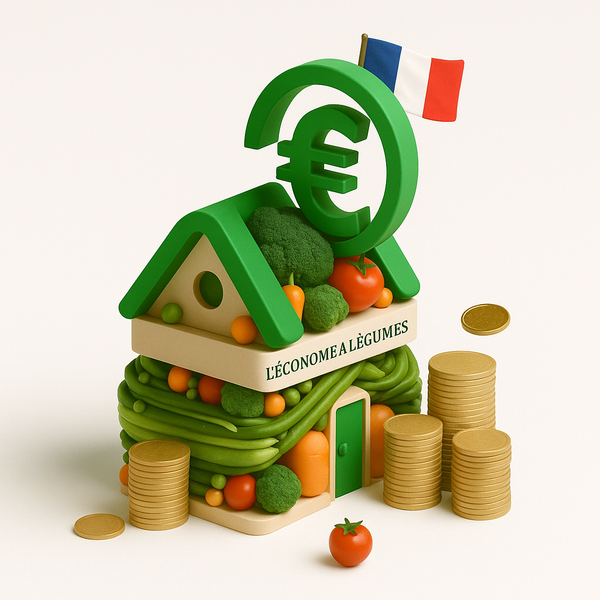-
Delivery from 10 plants within 15 days FR/ EU / CH
Delivery Terms -
Wholesale Supplier of Small Fruit Plants
About Us -
Quality Small Fruit Plants
Technical itinerary for small fruits -
Secure payment
Our Payment Terms
French Blackcurrant Market in 2025
In 2025, the blackcurrant market in France will be characterized by contrasting dynamics between conventional and organic sectors, with growing demand for local and sustainable products. Between diversification opportunities, agroecological innovations, and climate challenges, market gardeners can take advantage of this fruit, which has a wealth of diverse uses, while meeting consumer expectations for short supply chains and responsible practices.
Blackcurrant: Presentation and Uses
The blackcurrant (Ribes nigrum) is a fruit shrub of the Grossulariaceae family, native to Europe and northern Asia. It produces blackcurrant, a small black berry with smooth skin and a characteristic, slightly acidic and astringent taste . These fruits, rich in vitamins and antioxidants, are valued for their nutritional and medicinal properties .
In France, the main commercial uses of blackcurrant are:
- The production of liqueurs and crèmes de cassis, particularly for the production of kir
- The making of jams, jellies, syrups and juices
- Use in the food industry for dairy products, confectionery and infant formulas
- Extraction of essential oils for perfumery
- Herbal medicine, using leaves and fruits for their medicinal properties
Evolution of the Cassis Market
The French blackcurrant market has seen mixed developments in recent years. For the conventional market, cultivated areas have increased slightly, mainly in Bourgogne-Franche-Comté, which represents 44% of national production . However, volumes fluctuated due to climatic hazards. Regarding organic production, despite a general downward trend in conversion areas (-28% in 2022), the organic blackcurrant sector held up better thanks to sustained demand. Certified organic areas increased by 8%, reflecting growing consumer interest in local organic products.
- Conventional market: Slight increase in surface area, variable volumes
- Organic market: Growth in certified areas (+8%), decrease in conversions
- Burgundy-Franche-Comté: 44% of national production
- Growing demand for local and organic products
State of the Market 2025
The blackcurrant market in France in 2025 presents distinct trends between conventional and organic. In the conventional sector, there is a stabilization of cultivated areas, with approximately 3,000 hectares dedicated to blackcurrant production . Production volumes fluctuate around 10,000 tonnes per year, influenced by climatic conditions. The organic market, meanwhile, is experiencing moderate but constant growth. Certified organic blackcurrant areas increased by 5% compared to the previous year, reaching nearly 500 hectares . This increase is in line with the general trend in the organic sector, which now represents 10.4% of the French agricultural area . The growing demand for local and organic products is stimulating the development of short supply chains, particularly direct sales, which are seeing a 5% increase in the number of points of sale.
Regions and Terroirs Cassis
The main blackcurrant-producing regions in France are the Loire Valley (40% of national production), Burgundy, the Upper Rhône Valley and the Oise . Burgundy-Franche-Comté, the historic birthplace of blackcurrant, remains a dominant region with 44% of national production .
Each region has specific characteristics that are favorable to blackcurrant cultivation:
- Loire Valley: Temperate climate and well-drained clay-loam soils.
- Burgundy: Continental climate with cold winters, favorable to the dormancy of the blackcurrant bush. Limestone or marl soils, moderately deep and well drained .
- Upper Rhône Valley: Mediterranean to dry continental climate, with arid limestone soils .
- Oise: Degraded oceanic climate, suitable for growing blackcurrants .
Blackcurrant adapts well to cool, continental climates, requiring harsh winters for dormancy and resisting spring frosts .
Blackcurrant Growing Techniques
The main varieties of blackcurrant grown in France are Noir de Bourgogne , Andega , Titania and Ben Lomond . Blackcurrant adapts to a variety of soils but prefers fresh, moist, well-drained clay loams with an optimum pH of 6.0 . It requires a cool climate with harsh winters for dormancy .
Irrigation is crucial, especially during flowering and until flower bud initiation after harvest, with a need of approximately 25 mm of water per week . The recommended planting density is approximately 350 plants per 1000 m² . Average yields vary between 4 to 6 tonnes/ha in conventional farming and 3 to 4 tonnes/ha in organic farming . The blackcurrant bush comes into production after 2 years and can remain productive for more than 20 years with good maintenance .
International Blackcurrant Trade
France is the third largest producer of blackcurrants in Europe, behind Poland and the United Kingdom . However, French production, estimated at around 7,000 tonnes per year, remains modest on a global scale . Poland dominates the market with a production of 131,000 tonnes, followed by Russia which produces around 420,000 tonnes of blackcurrants and gooseberries combined .
French blackcurrant imports come mainly from Poland, which exports around 34,200 tonnes per year, including 1,400 tonnes to France . These imports, often in frozen form, compete directly with national production, particularly for supplying processing industries . This foreign competition puts pressure on the prices and margins of French producers, encouraging the sector to diversify towards products with higher added value such as purees, compotes and juices, which now represent 50% of outlets .
Cassis Market Opportunities
The blackcurrant market in France offers interesting opportunities for producers, both in the conventional and organic sectors. For the conventional market, the diversification of industrial outlets represents significant growth potential. While crème de cassis remains a flagship product, the growing demand for blackcurrant purees, compotes and juices opens up new perspectives . These processed products now represent 50% of outlets, offering greater added value to producers.
In the organic sector, growth is driven by increased consumer demand for local and sustainable products. Aid for organic conversion and support from regional institutions facilitate the transition to this mode of production . The specific demand for organic blackcurrants for the food supplement and natural cosmetics industry also offers high value-added opportunities. Producers can thus benefit from a rapidly expanding niche market, meeting consumer expectations in terms of health and well-being.
Profitability and Financial Aid
Blackcurrant production presents significant differences between conventional and organic methods, both in terms of costs and profitability. For installation, the total cost, including soil preparation, planting and irrigation, is estimated at approximately €8,307 per hectare . Annual maintenance and harvesting vary considerably: from €1,911 to €11,006 per hectare, depending on whether the harvest is mechanical or manual .
In terms of profitability, organic blackcurrants offer interesting prospects. With a planting density of around 350 plants per 1000 m², we can expect a yield of 600 kg and a potential gain of €3,100 for this area . Compared to other crops such as sunflower, whose average annual gross margin excluding aid is between €341/ha and €484/ha, blackcurrant appears to offer better potential profitability.
To support the transition to organic farming and diversification, several aid schemes are available. Conversion aid (CAB) and the Fonds Avenir Bio are interesting options for producers . Additionally, regional programs such as Rural Development Programs (RDPs) can offer additional support, particularly for agroecological practices such as hedge planting . Recently, an additional €15 million was allocated to support organic farms that have suffered economic losses, bringing the total aid to €105 million for 2024 .
Sector Challenges and Risks
The blackcurrant market, both conventional and organic, faces significant challenges. Conventional production faces strong international competition, particularly from Poland, which is putting pressure on prices . Climatic hazards, such as heat waves and violent storms, can cause production losses ranging from 30 to 70% depending on the plot . Phytosanitary risks are also a concern, with a limited number of products approved for crop protection .
For the organic market, the constraints are mainly linked to high production costs, resulting from a cultivation method that is more demanding in terms of labor and input management . Strict organic regulations, although a guarantee of quality, involve regular checks and costly certifications . Additionally, competition is intensifying in the organic market, with supply increasing faster than demand, which can put downward pressure on prices .
Innovations and Market Perspectives
The blackcurrant industry in France is moving towards more sustainable and innovative practices. Research is underway to develop varieties that are more resistant to disease and adapted to climate change . Agroecology is gaining ground, with the integration of cutting-edge technologies such as nanotechnology to optimize crops . Producers are exploring new outlets, particularly in the cosmetics and nutraceutical industries, to diversify their income .
In the medium term, the blackcurrant market is expected to experience moderate but stable growth. Demand for local and organic products will continue to increase, favoring short supply chains . Innovation in processed products, such as purees and functional juices, is expected to boost consumption . However, climate challenges and international competition will remain key factors to monitor for the French sector .
Recommendations for Market Gardeners
Blackcurrant cultivation presents interesting opportunities for French market gardeners, but requires careful consideration before committing to it.
Benefits :
- Growing demand for local and organic products
- Diversification of outlets (food industry, cosmetics, nutraceuticals)
- Good potential profitability, particularly in organic farming
- Adaptability to different French climates and soils
Disadvantages:
- Sensitivity to climatic hazards and phytosanitary risks
- Strong international competition, especially from Poland
- Significant initial investments (planting, irrigation)
- Strict regulations and high costs for organic products
Recommendations:
- Favor varieties adapted to the local terroir and resistant to diseases
- Adopting agroecological practices to strengthen crop resilience
- Diversify outlets by focusing on high added-value processing
- Consider gradual organic conversion to benefit from transition aid
- Integrate into local networks to optimize short-circuit marketing
A thorough analysis of the local market and available resources is essential before embarking on this promising but demanding crop.
Plants and Professional Advice
For market gardeners and professional producers looking for quality blackcurrant plants or advice on planting a plot, two specialist suppliers stand out on the French market:
Bairiverse ( https://plantspetitsfruits.com/ ) offers a wide range of small fruit plants, including blackcurrants, adapted to the needs of professionals . Their offer includes plants in mini-balls, pots and pots, available in organic and conventional versions . Bairiverse stands out for its commercial responsiveness and its fast delivery service within 15 days throughout France .
Econome à Légumes ( https://economealegumes.fr/ ) is a trader in plants and plant material offering competitive prices directly to producers . Their sales team is responsive and can be reached within 48 hours, providing personalized support for the choice of varieties and the establishment of crops . They also offer organic and conventional deliveries throughout France .
These two suppliers not only offer quality plants, but also technical support and advice tailored to blackcurrant plot planting projects, allowing producers to benefit from specialized expertise in the field of small fruits.
Our Main Ranges
-
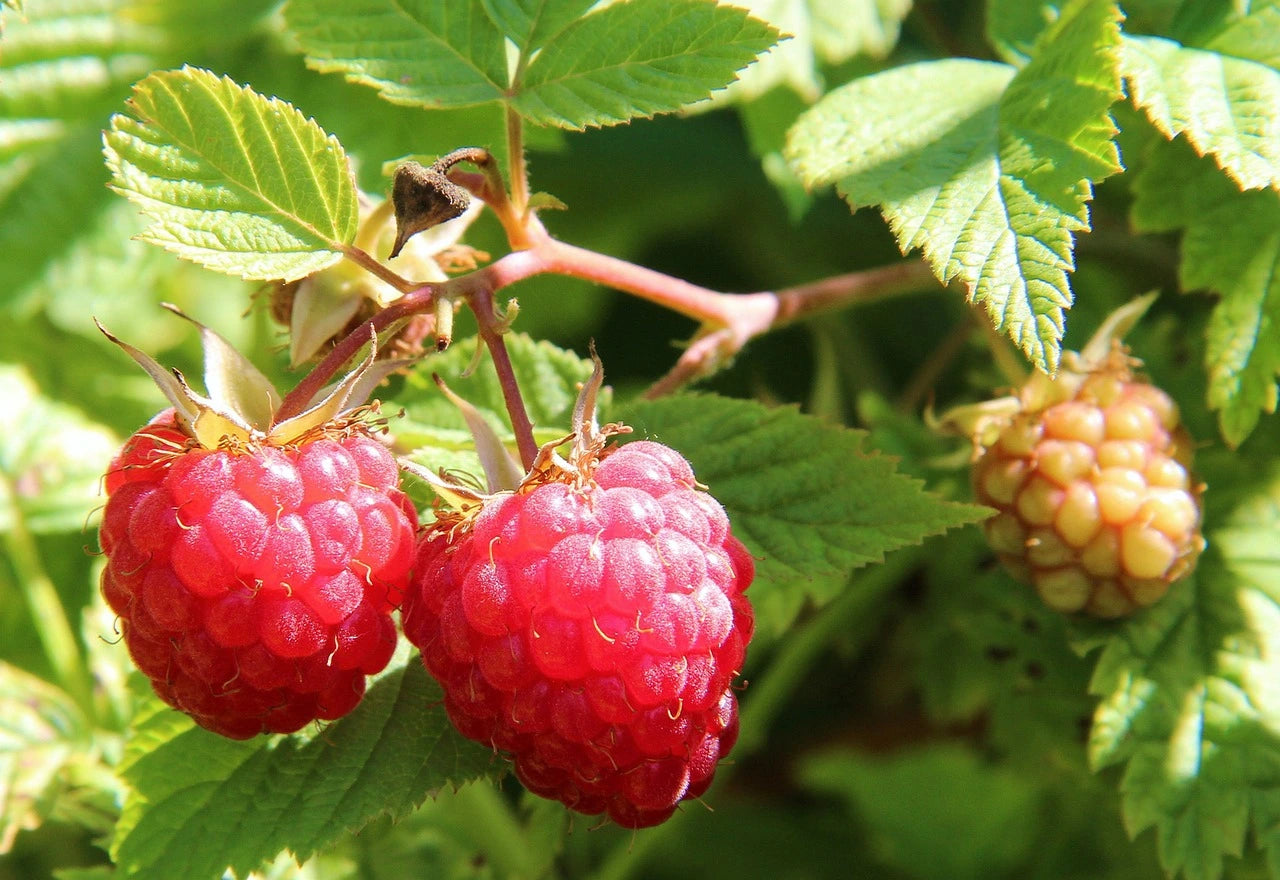
Our quality raspberry plants for professional market gardeners and nurserymen
Quick Read / The Essentials of the Bairiverse Raspberry Range Raspberry cultivation...
-

Our quality blueberries for professional market gardeners
Quick read / the essentials on Myrtilliers Blueberry is currently experiencing spectacular...
-
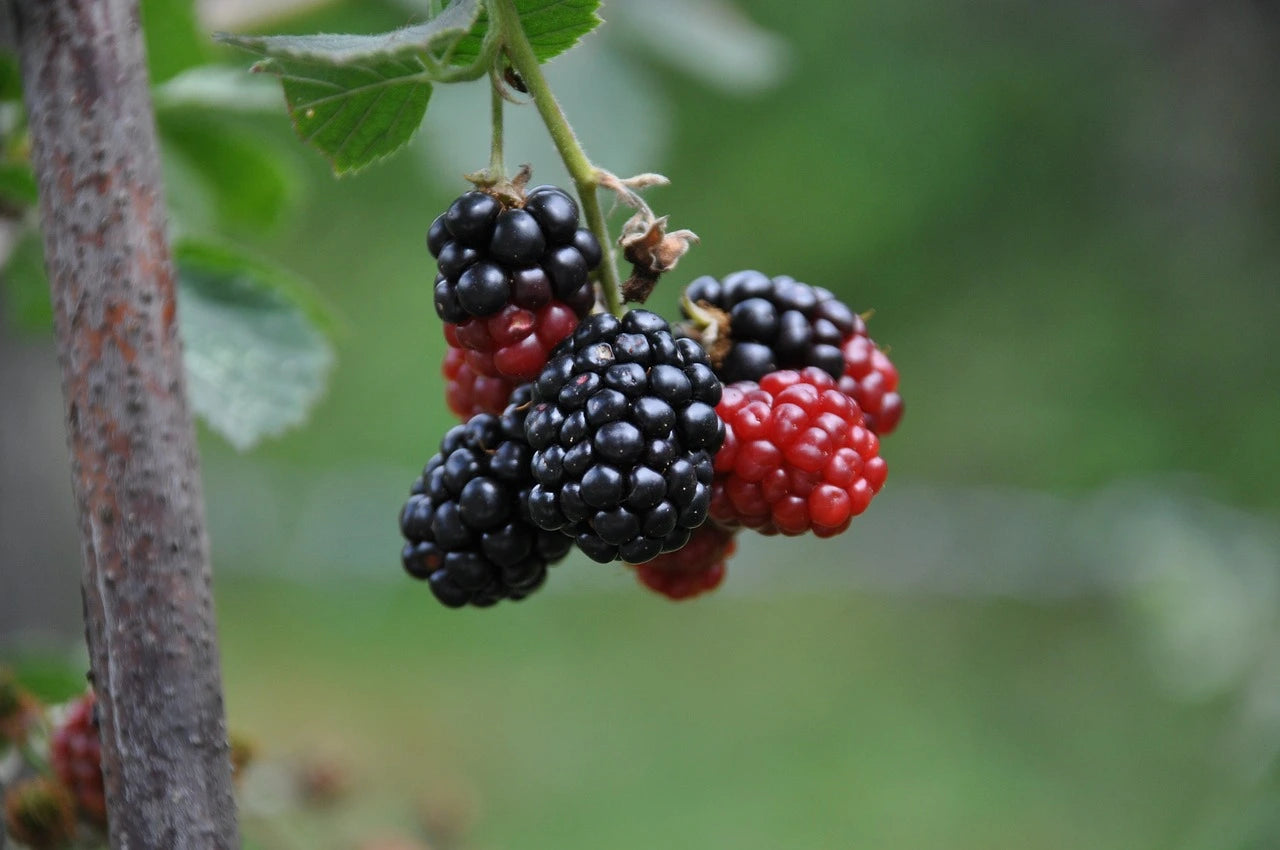
Our quality mulberry trees for professional market gardeners
Quick read / the essentials on Mulberries Mulberry trees are playing a...
-

Our quality gooseberry bushes for professional market gardeners
Quick read / the essentials on Gooseberries The gooseberry bush is gradually...
-

Our quality Gooseberry Bushes for professional market gardeners
Quick read / the essentials on Gooseberry Rovada The Rovada Grape Currant...
-
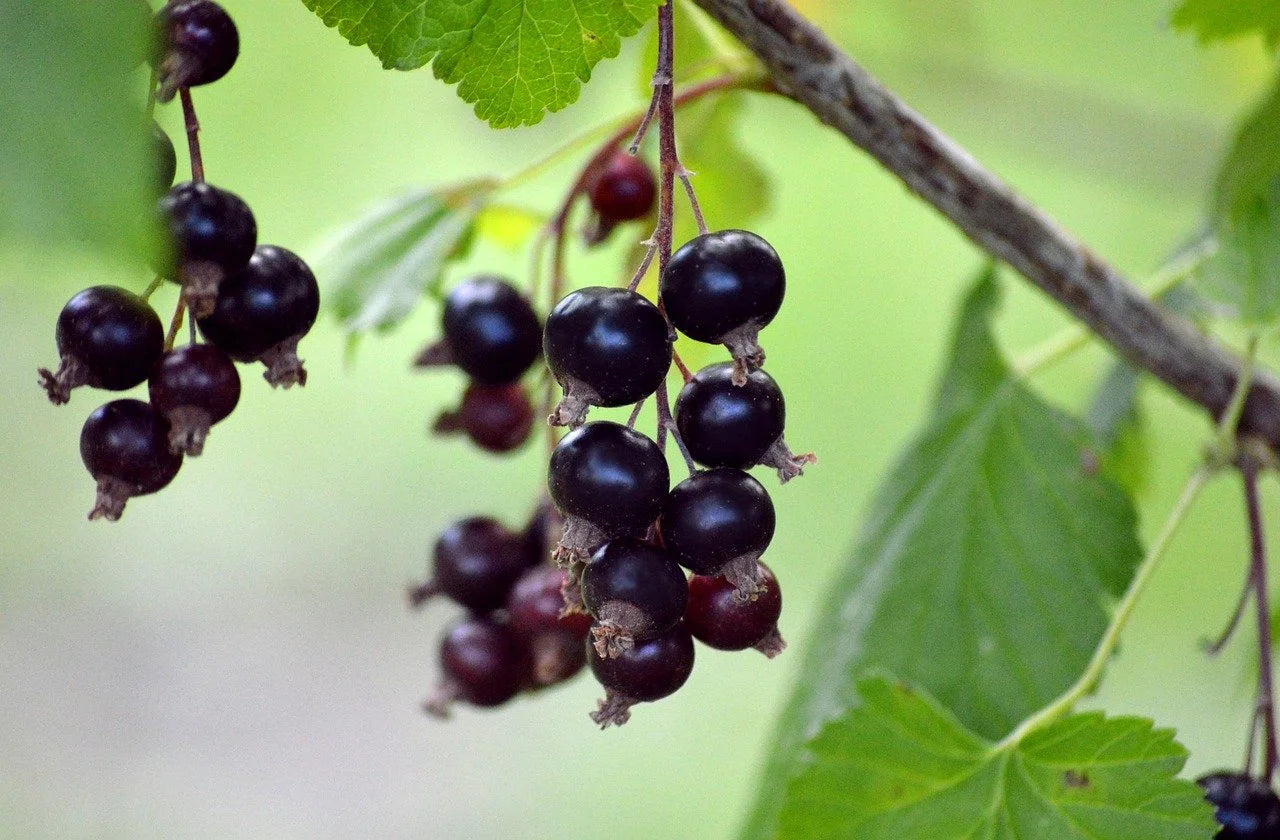
Our quality blackcurrants for professional market gardeners
Quick read / the essentials on Cassissier The blackcurrant bush, also called...
-
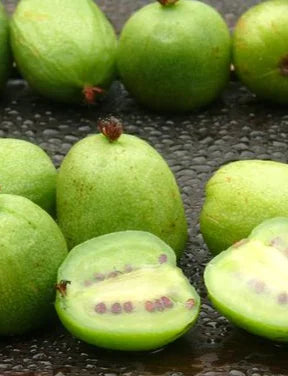
Our quality Kiwi plants for professional market gardeners
Bairiverse: Specialized Wholesale Supplier of Kiwi Plants for Professional Market Gardeners Bairiverse...
-
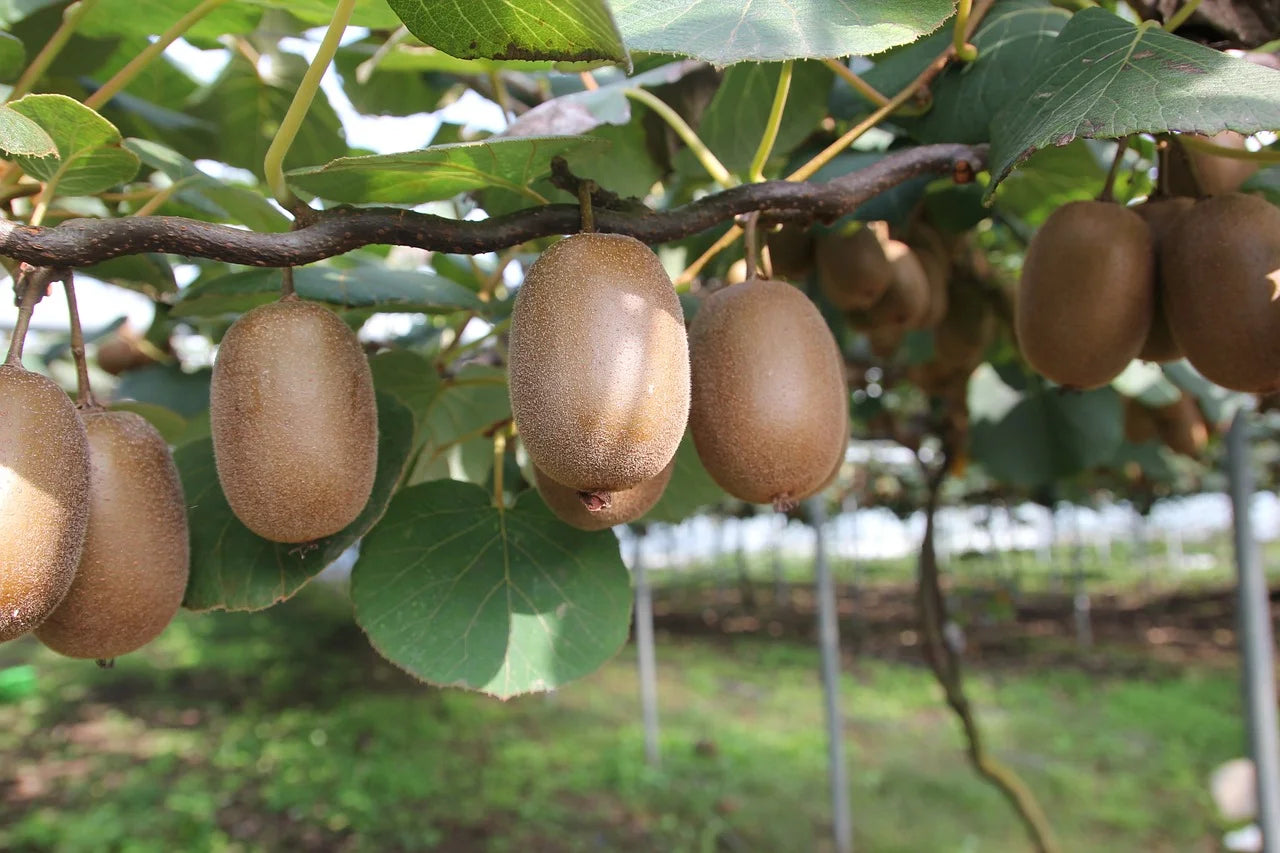
Our quality Kiwi plants for professional market gardeners
Bairiverse: Specialized Wholesale Supplier of Kiwi Plants for Professional Market Gardeners Bairiverse...
-
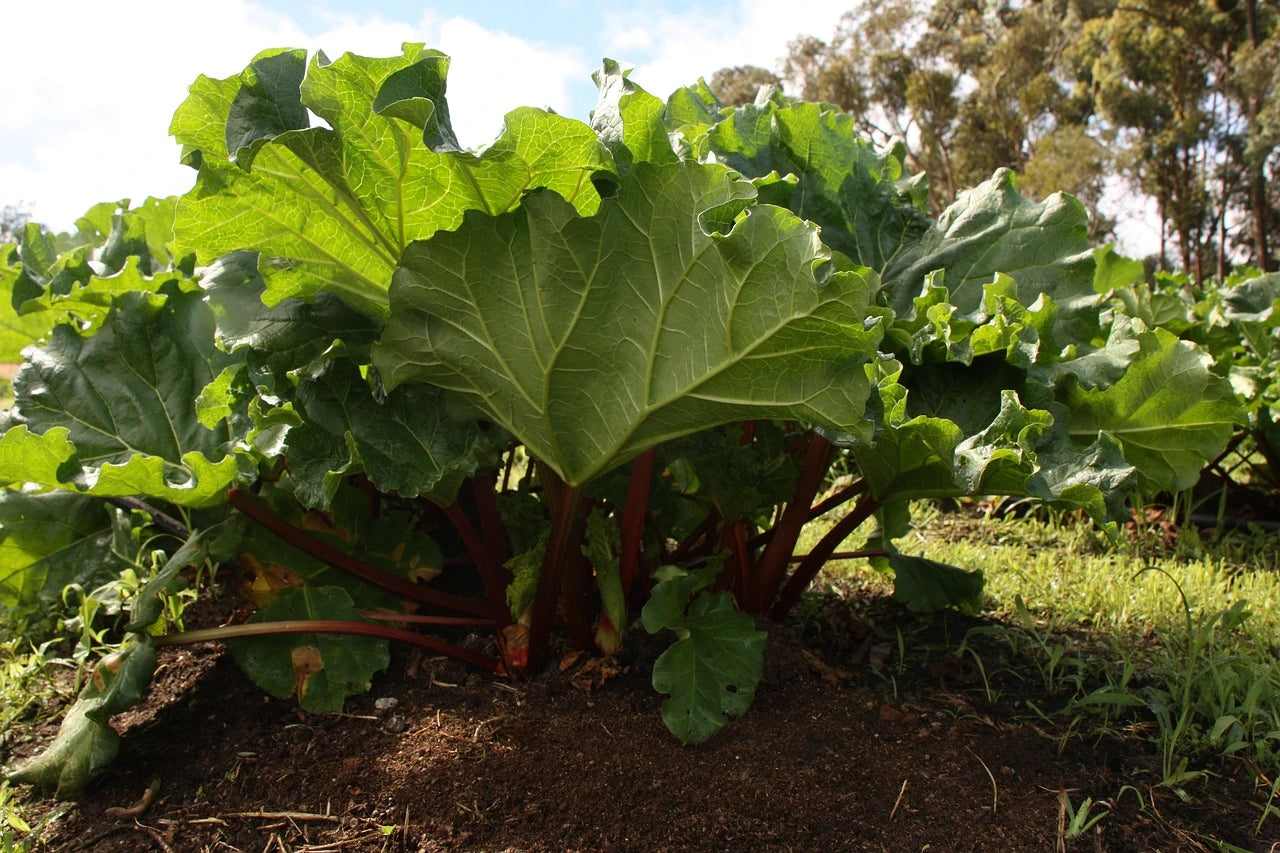
Our quality rhubarb plants for professional market gardeners
Quick read / rhubarb essentials Rhubarb (Rheum rhabarbarum) is a robust perennial...
-
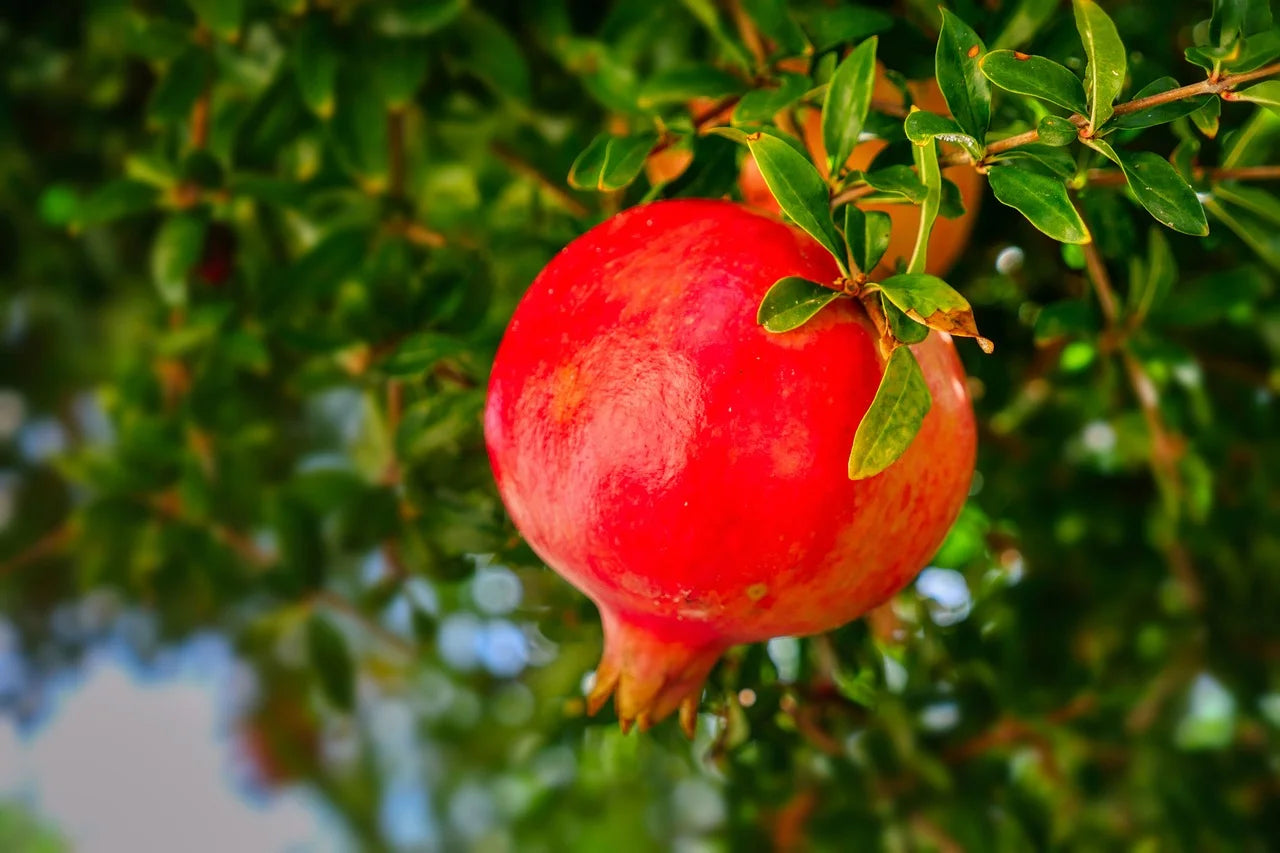
Our quality pomegranate plants for professional market gardeners
Bairiverse: Specialized Wholesale Supplier of Pomegranate Plants for Professional Market Gardeners Bairiverse...
-
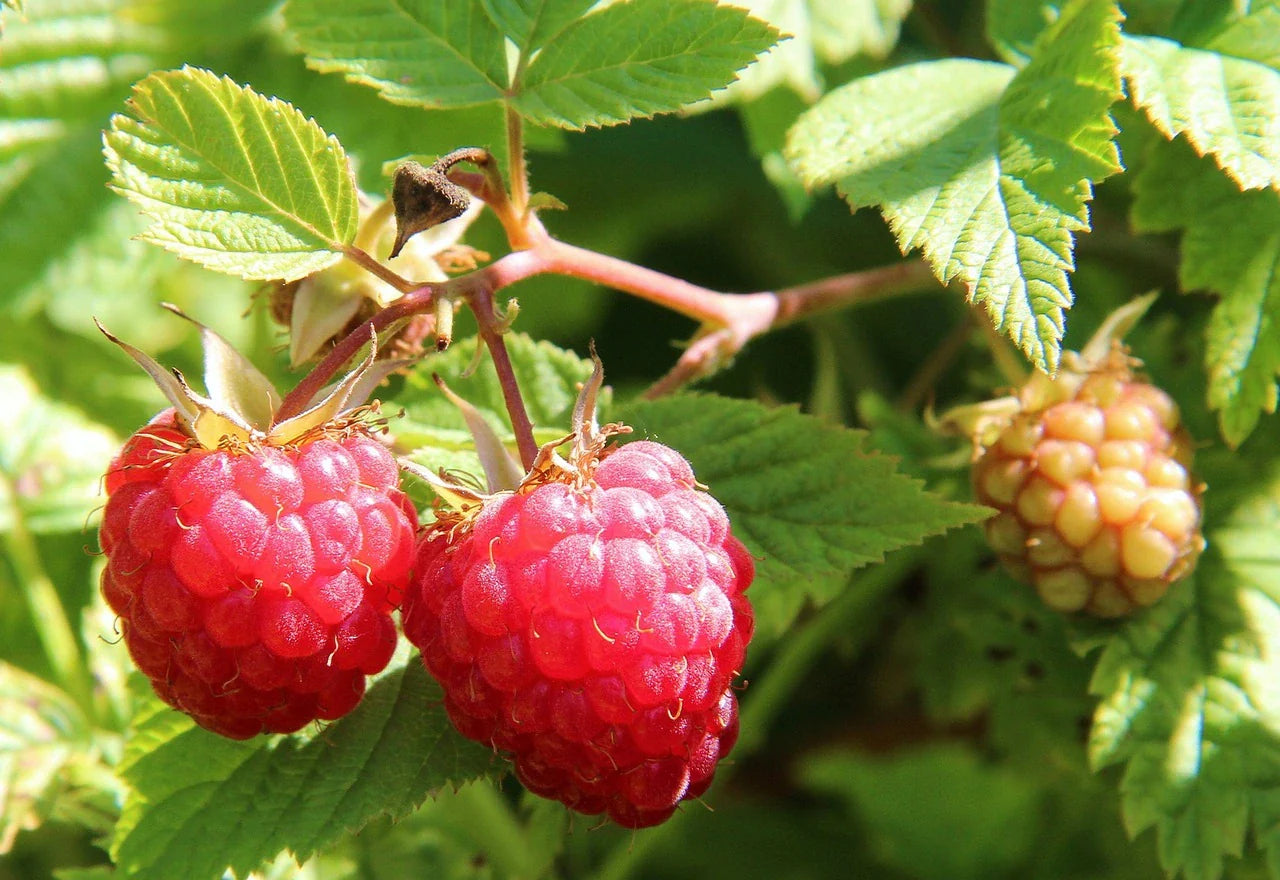
All our Small Fruit Plants
Quick read / the essentials on Petits Fruits The berry market (raspberry,...
